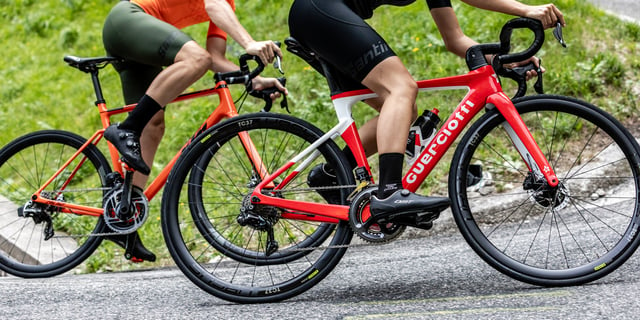
The technology of cycling wheels is in a continuous evolution and the technical solutions offered by the manufacturers, sometimes, do not have the public’s full agreement. It is the case of the ongoing debate in the road field amongst supporters of disc brake wheels and the rim brakes purists. Let’s bring some clarity to this debate.
How is the braking system of your bike composed?
The braking system is, obviously, an essential part of the bicycle as it is the one which, more than any other, guarantees your safety. Nowadays, the types of brakes for racing bikes are mainly two: the classical cantilever rim brakes (or their V-Brakes evolution) and the more modern disc brakes.
What is the difference between these two systems?
-
Cantilever Brakes or V-Brakes
-
The cantilever brake or V-Brakes, implement braking “by a caliper” with the brake shoes on the braking surface of the rim, which can be made of carbon or aluminum. Generally, the braking on the carbon surface is considered more delicate especially on wet surfaces, as a layer of water which accumulates on the carbon could make its surface slippery. To solve this problem and to prevent the braking surface from being compromised by a faulty friction, Ursus recommends using exclusively the brake shoes model declared on the instruction manual of your wheels.
Would you like to see which of our wheels are suitable for classic brakes? Click here.
-
Disc Brake
-
The alternative to the cantilever brake is the disc brake. With this automobile-derived system, braking takes place directly on the hub, to which the disc is applied. For this reason, there are hubs dedicated to bikes with disc brakes. In this case, the braking surface is not strained, and the braking is immediately applied even if the rim is dirty or wet.
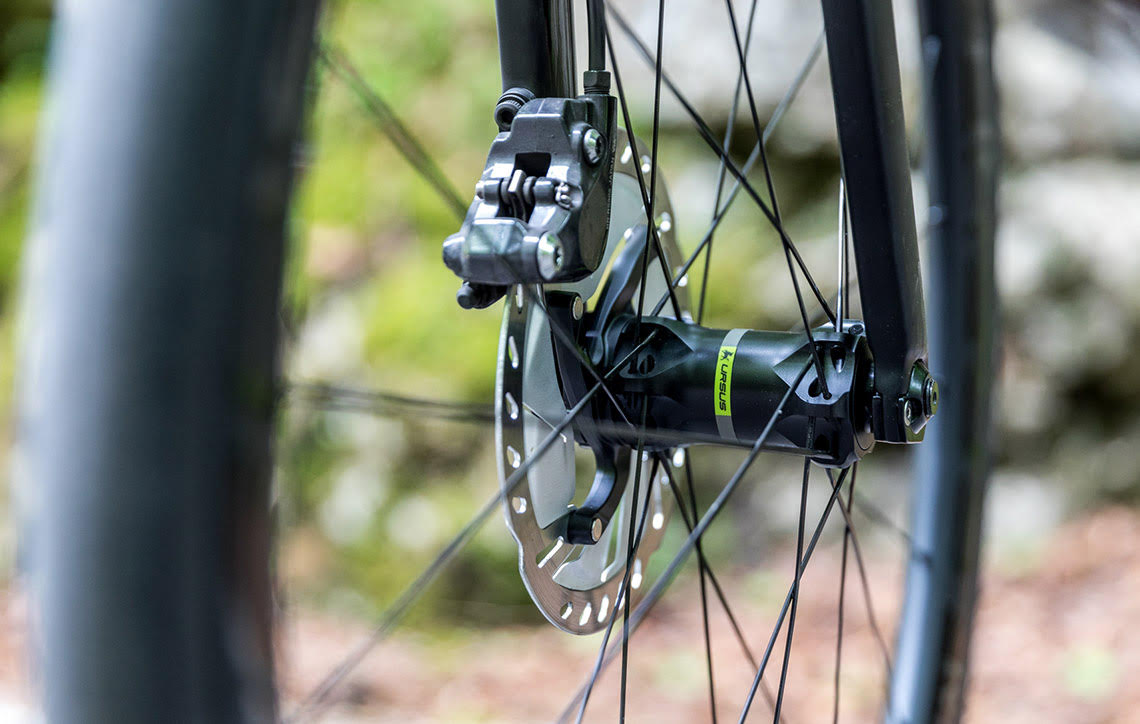
The disc brake can be, in turn, controlled by a cable or hydraulically. These brakes are a bit more complex to handle than rim brakes as their braking power is remarkable, but when used in the correct way, they represent an innovation which can certainly bring more safety when on the road.
Find out all of Ursus disc brake wheels by clicking here.
Is the brake shoe better or the disc solution?
The approval of UCI (International Cycling Union) of the disc brake and the consequent reaction of wheel manufacturers, has opened a debate amongst enthusiasts: is it better to use a disc brake or a traditional shoe brake?
From the physical point of view, the concept does not change: a body reaches an automatic stop on another rotating body. The contact between the two bodies develops a friction which slows down the wheel’s speed. This action generates a rubbing which brings the two bodies to overheat and wear out.
In the shoe brake, being the latter in nitrile or butyl rubber to go against the braking surface of the rim, a situation can n where efficiency is lost while braking. For example, in case of rain and or a slippery braking surface, the friction created by the shoe will be less, thus exposing you to the risk of a delayed braking.
Another disadvantage of this system is represented by the wear of the braking surface, a detail which could, over time, force you to replace the rim. The overheating of the braking surface due to friction could generate issues: in some lower quality models, in fact, this could even bring to the bursting of the inner tube or the breakage of the rim.
In the disc brake, the braking surface is not stressed, while the wheel lock occurs through the hub. This safety measure is widely used in the automotive and motorcycling fields and also in cycling disciplines like MTB or cyclocross, where it is more common to deal with wet and muddy courses. That’s not all: being the most powerful braking system, it is necessary to apply less strength with the hands on the brake levers, thus decreasing the fatigue on the hands. The disc brake system, therefore, is a modern solution yet it is a highly tested solution which, in our opinion, will gain more and more ground in the next few years, as well as on the road.
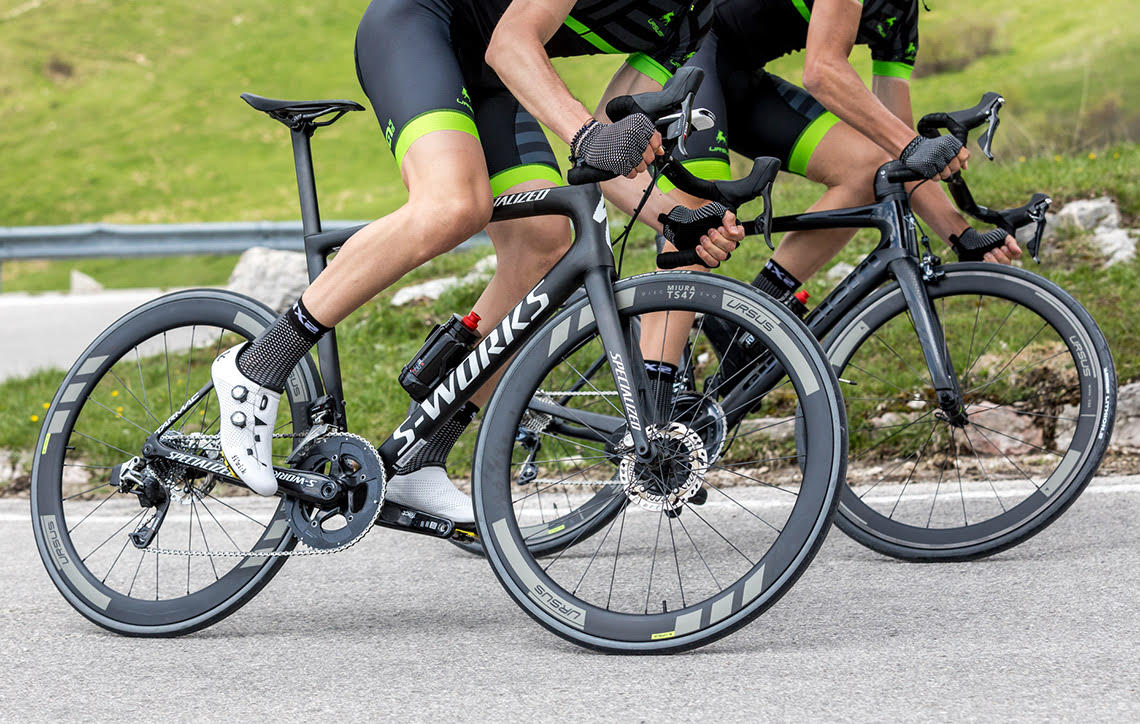
In conclusion
Wheels for racing bikes: disc brakes vs shoe brakes, what to choose?
Together, we have discovered how today the disc solution presents itself as the most modern and effective methods even in the road field. As manufacturers, we are convinced that once the wariness of change and innovation has been overcome, the most demanding cyclists, in terms of performance, will direct themselves without hesitation toward the disc brake system.
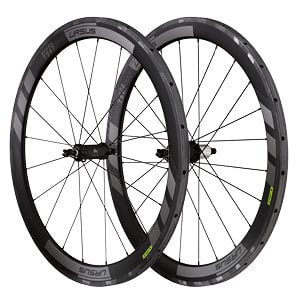
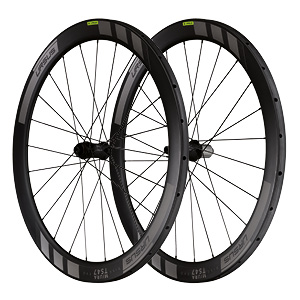

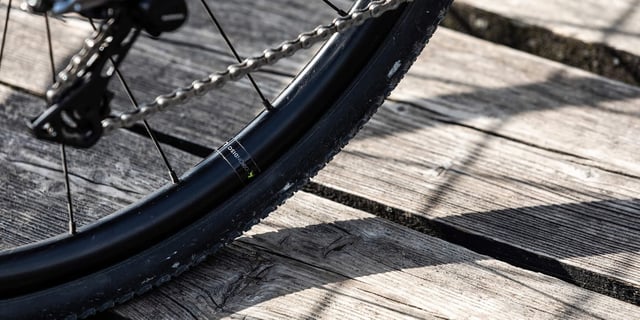
.jpg?width=640&height=640&name=copertina%205%20(1).jpg)
.jpg?width=640&height=640&name=copertina%204%20(1).jpg)
.jpg?width=640&height=640&name=copertina%203%20(1).jpg)